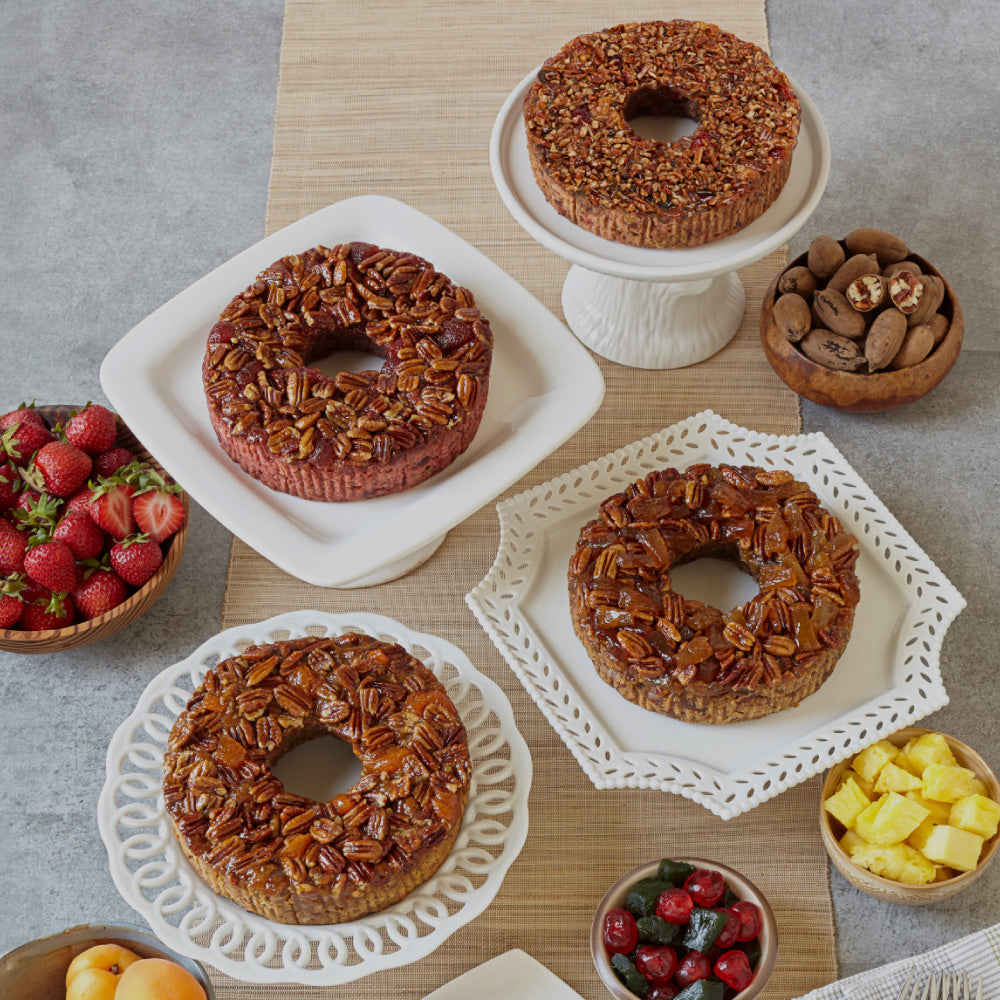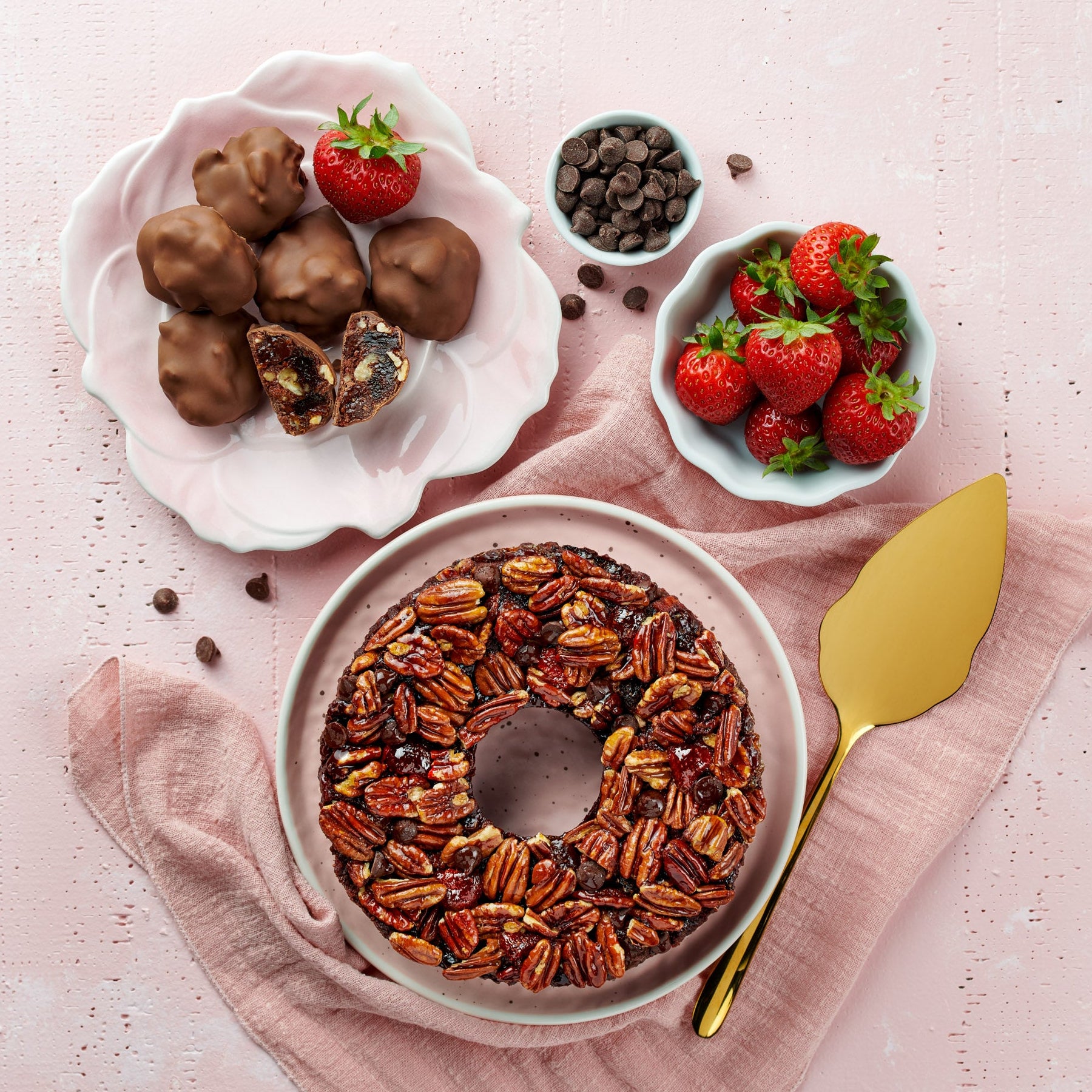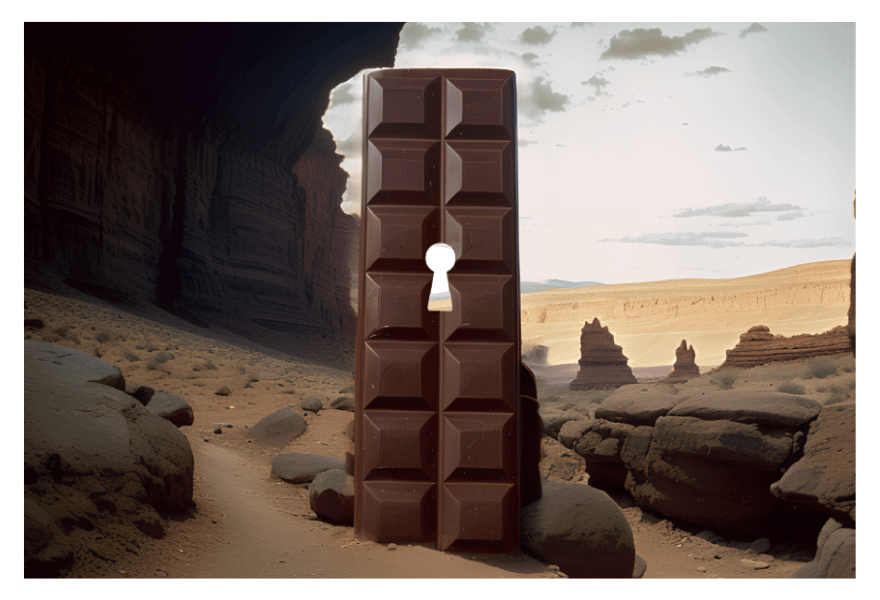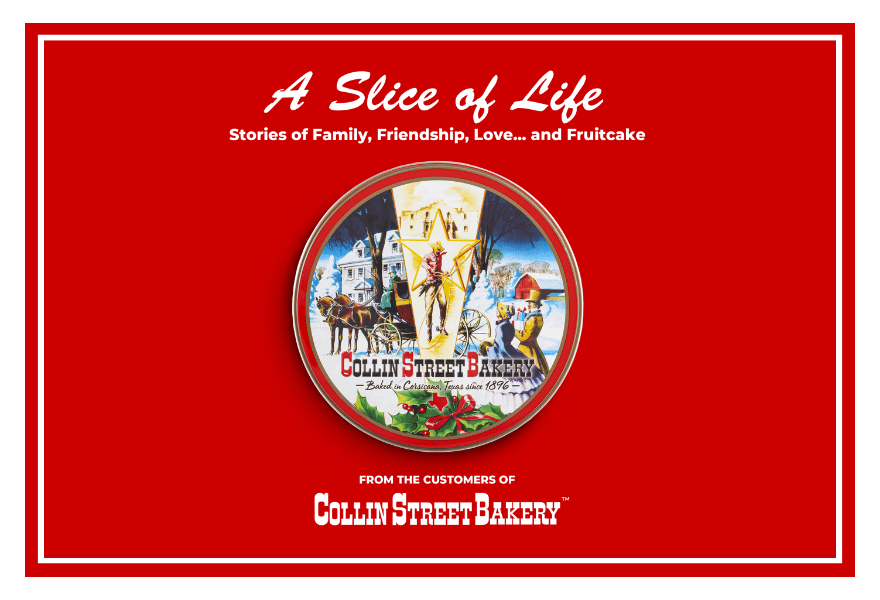Uncovering the Allure of Chocolate's Irresistible Addictiveness
Imagine this: you unwrap a bar of rich, velvety chocolate and pop a piece into your mouth. As it melts on your tongue, a wave of contentment swells inside you, and you do a little happy dance. We bet you’ve experienced this before—enjoying that first bit of chocolate following a serious chocolate craving. We’d even go as far as to assume that this little mental exercise sparked a hankering for your favorite cocoa creation. So, it’s got to make you wonder, what about chocolate gives it that addicting quality? Why does chocolate make us so happy? And, is there any other candy that can cause this many questions?
We answer all these questions and more as we unravel the delectable secrets behind what makes chocolate taste so good and why we find ourselves enamored with its addictive charm.
What Makes Chocolate so Addicting?
Chocolate's tantalizing taste isn't just happenstance—it's a result of complex chemistry. As discussed in our blog, A Brief History of Chocolate, chocolate’s primary ingredient is cocoa, a surprisingly bitter bean harvested from the limbs of the Cacao tree. In its raw form, cocoa is quite unpalatable. It’s not till after it's combined with sugar and other flavorings that cocoa transforms into the addicting dessert we all recognize.
While cocoa’s flavors change throughout the chocolate-making process, its chemical composition remains the same. It’s cocoa’s chemical composition, in addition to sweeteners, that contributes to chocolate’s addicting properties. Here’s the science explained:
- Theobromine: A natural stimulant found in cocoa that gives chocolate a mild, euphoria-inducing effect. It's like a gentle nudge to your mood, making you feel good from the inside out.
- Phenylethylamine: Often referred to as the "love molecule," this compound found in cocoa releases endorphins and dopamine, creating feelings of happiness and pleasure and giving chocolate the reputation of a mood enhancer.
- Anandamide: Aptly named after the Sanskrit word for "bliss," anandamide is a compound found in cocoa that targets the same brain receptors as THC, the active ingredient in marijuana. It's like a natural high contributing to chocolate's addictive allure.
- Fat & Sugar: The combination of fat and sugar in chocolate creates a creamy, indulgent texture that dances on your palate. These ingredients stimulate the release of serotonin and other feel-good neurotransmitters.

Different Grades of Chocolate
Just like in school, chocolate receives grades based on adherence to chocolate standards. Chocolate “grade” typically refers to the quality and purity of the chocolate's ingredients, the processing methods used, and sometimes, the percentage of cocoa solids. It's a measure of how well the chocolate meets certain standards for factors like cocoa bean quality, cocoa content, cocoa butter quality, and other ingredient factors.
Sometimes confused with chocolate’s “flavor,” a chocolate’s grade is often used to distinguish between different varieties, such as dark chocolate, milk chocolate, or white chocolate. The type of chocolate used is typically determined by the recipe being created and the preferences of the baker. A comprehensive list of traditional chocolate grades and their primary characteristics can be found below:
Unsweetened Chocolate (Baker's Chocolate)
- Pure chocolate made from cocoa solids and cocoa butter
- Contains no sugar or milk solids
- Bitter and not suitable for eating as is, but often used in baking recipes
Dark Chocolate
- Contains varying percentages of cocoa solids, cocoa butter, and sugar
- Higher cocoa solid content results in a more intense chocolate flavor
- High-quality dark chocolate should have a smooth texture and a well-balanced taste
Bittersweet Chocolate
- A subset of dark chocolate with a higher cocoa solid content and less sugar
- Typically used in baking and cooking
Semisweet Chocolate
- A sweeter version of dark chocolate with a higher sugar content
- Often used in chocolate chips and cookie recipes
Milk Chocolate
- Contains cocoa solids, cocoa butter, milk solids, and sugar
- Creamy and sweeter than dark chocolate due to the addition of milk solids
- Popular for eating as is and for making desserts
White Chocolate
- Made from cocoa butter, sugar, and milk solids
- Does not contain cocoa solids, so it lacks the characteristic cocoa flavor
- Has a sweet and creamy taste with a vanilla undertone
Ruby Chocolate
- Only introduced by the Barry Callebaut Company in 2017, its natural pink color comes from “ruby cocoa beans”
- Contains cacao solids, cocoa butter, milk powder, and sugar
- Has a slightly sweet, slightly sour flavor similar to the berries from which chocolate is derived

How is Chocolate Quality Determined?
Within each grade of chocolate is a measurement of quality. Chocolate quality is determined by various factors, including the quality of the cocoa beans, the manufacturing process, and the additional flavoring ingredients added. Here are the different factors that influence how chocolate quality is determined:
- Cocoa Bean Quality: The quality of the cocoa beans used is paramount. Fine-flavored cocoa beans, such as Criollo and Trinitario varieties, are often considered superior due to their complex and nuanced flavors.
- Cocoa Content: The percentage of cocoa solids in the chocolate affects its flavor and intensity. High-quality dark chocolate typically contains at least 70% cocoa solids.
- Cocoa Butter Quality: The inclusion of cocoa butter contributes to the smoothness and texture of the chocolate. High-quality chocolate uses cocoa butter for a creamy mouthfeel.
- Sugar Variety & Quantity: The amount and type of sugar used can vary. High-quality chocolate balances sweetness with the bitterness of cocoa to create a harmonious taste.
- Processing Technique: Proper chocolate processing techniques, such as conching (mixing and aerating) and tempering (controlled cooling and reheating), are crucial for texture and flavor development.
- Additional Ingredients: Some chocolates may include other ingredients like vanilla, lecithin, or flavorings. These should be of high quality and added in appropriate proportions to enhance the chocolate's flavor.
- Quality Controls: Chocolate quality is often determined through sensory evaluation, including taste tests by skilled chocolatiers and chocolate sommeliers who assess aroma, flavor, texture, and overall balance.
Ultimately, the quality of chocolate can vary significantly based on these factors, and personal preferences play a significant role in choosing the right chocolate for various applications, from baking to indulgent treats. High-quality chocolate is more likely to offer a rich, complex flavor profile and a satisfying texture.
Collin Street Bakery’s Gourmet Chocolate
At Collin Street Bakery, we preach the importance of the quality of ingredients. For us, the key to making world-class products is a simple combination of great ingredients, tested recipes, and expert bakers. Of course, we already have tried-and-true recipes, as well as highly-trained staff. This leaves us only one thing to externally source—ingredients.
For our various chocolate bakes, we use a brand of chocolate called Guittard. For over 150 years, Guittard has been pursuing the artistry, craft, and innovation of chocolate making. Crafted from recipes passed down for five generations and made from the best beans sourced from around the world, Guittard chocolate delivers innovative profiles with consistent quality in flavor and performance. Thoroughly vetted and consistently quality checked, Collin Street uses Guittard’s Belmont Milk Chocolate in our own Chocolate Pecan Pie, Guittard’s Signature Milk Chocolate for our various chocolate-covered Cake Bites, and Guittard’s cookie drops in our Salted Caramel, Strawberry Fudge, and Cherry Fudge Texas Pecan Cakes.
Nostalgia & Emotional Connection
Beyond its scientific allure, chocolate's appeal is often tied to our memories and emotions. From childhood treats to romantic gestures, chocolate is a part of many pivotal moments in our lives. This emotional connection enhances the sensory experience, making every bite a journey down memory lane.
The Chocolate Enigma
Chocolate’s sumptuous blend of chemistry, nostalgia, and sensory delights contributes to its captivating charm. Not only does its complex composition create a symphony of flavors that trigger feel-good compounds in our brains, but its emotional connections and sensory experiences add layers of enchantment to its enjoyment.
The next time you unwrap a piece of chocolate, take a moment to savor not just its taste, but the myriad of sensations and emotions it brings. Chocolate isn't just a confection—it's a journey, a moment of pleasure, and a source of comfort. In essence, chocolate is truly magical.
Order Chocolate Treats Online
All this talk of chocolate really has us craving chocolatey treats. While we pop into our test kitchens to mooch some cocoa creations off our bakers, head on over to our specials page to shop for our selection of chocolate-themed treats.










Leave a comment
This site is protected by hCaptcha and the hCaptcha Privacy Policy and Terms of Service apply.